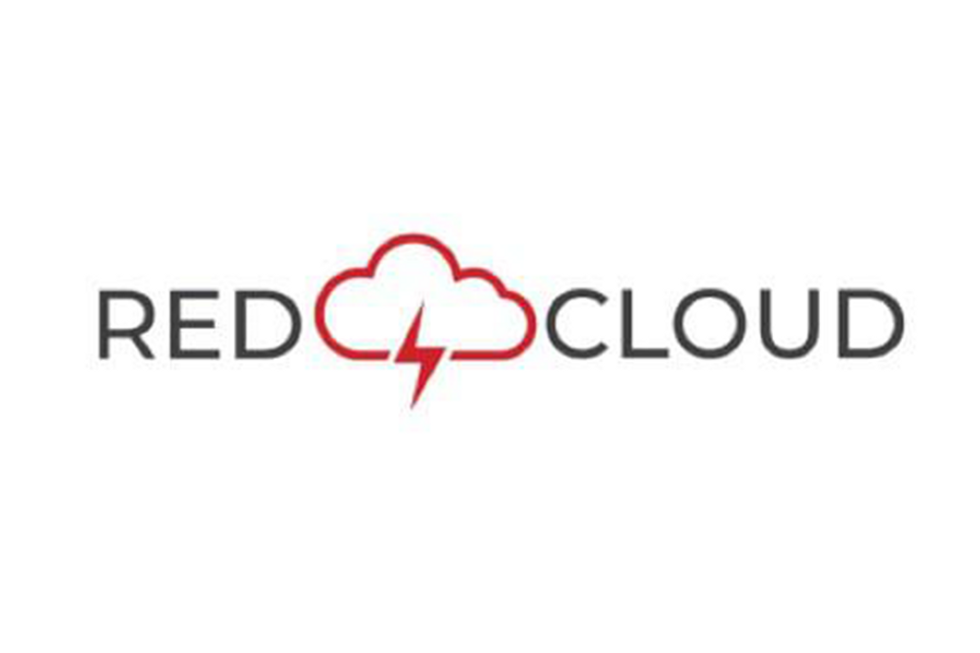Electrifying mining
The most obvious example cited is the electrification of predominantly diesel-powered mine vehicles, haulage trucks and fixed assets. Together with automation and digitisation, electrification was described as one of the most substantive technology shifts in mining for more than 70 years.
And in exciting news, it was announced at IMARC that thousands of electric four-wheel drive vehicles equipped with smart software could soon be entering the Australian mining sector as part of a deal between two climate firms.
Irish company CoolPlanet revealed plans to extend its partnership with Australia’s Climatech Zero, in a move that will see the firms offer electrified Toyota LandCruisers to the local mining industry.
The pair predicts more than 6000 of the low-emission vehicles could be in use by 2026.
CoolPlanet chairman Norman Crowley said the vehicles would play an important role in cutting carbon emissions from mining and protecting workers as vehicles played a role in 28 per cent of deaths suffered on mine sites.
“Mines will be able to eliminate diesel particulate matter and maximise vehicle safety,” Mr Crowley said.
Chief Executive Officer of Fortescue Dino Otranto told the opening plenary session that rising fuel prices has been revolutionary in the competitiveness of electric vehicles, and the industry is applying the lessons learnt in other sectors.
“The offsets from diesel have been far greater than anyone could have predicted,” Mr Otranto said.
“The DC-DC charging station was the innovation breakthrough required to charge haulage trucks in under 20 minutes, which is something the motor racing industry has been doing for years.”
Electrification can also improve safety and cost in underground environments by removing the need for elaborate ventilation systems. It also has health and safety benefits when the working environment is devoid of diesel exhaust fumes and heavy, hot and noisy machinery.
The next generation of haulage trucks
Another area of focus in the transformation of mining operations is the design of haulage trucks.
According to Paul Lucey, Principal Mine Electrification & Technology at Worley there are more than 16,500 haulage trucks in Australia, but their productivity is hampered by outdated design, their suitability to the task they are performing, and human intervention.
“We have effectively pulled apart dozens of haulage trucks and assessed every component for their efficiency. We have found there is up to 20% parasitic load – that is, components that don’t really do anything but add weight and create a drag on performance,” he said.
“When you add the human tendency to put the foot flat on the floor, or to rev the engine to increase the speed of removing a tarpaulin, you can see where the inefficiencies start to add up.
“The haulage trucks of the future will use technology such as AI to reduce energy use, minimise engine and tyre wear and determine how to operate the machinery in the most efficient way.”
Vice President of Hexagon MiningSimon Stone added to this, saying innovation is helping increase the payload of haulage trucks, while at the same time reducing maintenance cost through smart technology.
“Autonomous vehicles will lead to less tyre wear, more predictability of cycle time and fuel burn and more consistent presentation of vehicles to loading and unloading facilities,” Mr Stone said.
“Increasing haulage trucks’ capacity will ultimately result in less trucks on the road and less drivers. This, however, requires legislative intervention, because currently the maximum amount haulage trucks can carry is 140 tonnes and for optimum operation, this would need to be 300 tonnes.”
James Agar, Group Procurement Officer at BHP told delegates that Australia’s largest miner is partnering with global tyre brands, Michelin and Goodyear to help develop the next generation of haulage truck tyres. Mr Agar noted that increasing battery life of haulage trucks will become of increasing competitive advantage to mining companies. As a result, there are hopes the next generation tyres will increase efficiency by 1%-2% which has the potential to save millions of dollars in expenditure.
Addressing community perceptions
Mineral Exploration Account Executive at Fleet Space TechnologiesBronwyn Murphy said a challenge the mining sector faces in the modernisation space is the public’s perception that it is behind the curve.
“Earlier in my career, I made a decision to leave the mining industry because I believed the technological opportunities were all in oil and gas,” Ms Murphy said.
“Now, what we’re seeing in the mining industry is a swing in interest in technology and we’re hoping this is obvious for the future generations considering a career in mining – we’re no longer just stuck in our ways and there’s actually a lot of advancements taking place.”
IMARC 2023
The modernisation of mining has been a key focus on Day 1 of IMARC, with more than 8500 delegates gathering to hear from industry experts about the sustainability opportunities and challenges facing the industry in the face of heightened community, shareholder and investor expectations.
This year’s event features the biggest ever exhibition of technology being deployed around the world, including electric haulage vehicles, drilling equipment, robotics, and processing machinery as well as AI, machine learning, IT and communications.
IMARC Event Director Paul Phelan said the key to the event’s success has been ensuring the program reflects the ever-changing industry and the challenges such as improving safety, increasing productivity and reducing emissions to help the world meet ambitious goals.
“IMARC is a solutions-focused event that is all about how technology is being applied, how investments are actioned, and how practical steps are being taken to achieve shared goals,” he said.
“IMARC is where global mining leaders collaborate on trends in mining, investment and innovation towards a sustainable future.”
Click here for the full article
Credit: Source link




